Newsletter Winter 1980
By Toronto Film Society on March 1, 2014
A TRIBUTE TO MERLE OBERON
One of Hollywood’s leading ladies of yesteryear died recently at the age of 68. Merle Oberon is likely an unfamiliar name to young moviegoers today, because her best pictures were made back in the Thirties and Forties. She became relatively inactive in the mid-Fifties, confining herself to small screen appearances. The actress’ last substantial role was as a duchess in Hotel some 12 years ago, if one discounts her starring role in a 1973 made-in-Mexico turkey called Interval.
While Oberon never quite achieved the superstar status of many of her contemporaries like Crawford, Davis, Hepburn or Garbo, she was nevertheless a much sought-after leading lady. She co-starred opposite many of Hollywood’s top leading men back in the Thirties and Forties.
Born in 1911 in Tasmania, Australia, as Estelle O’Brien Merle Thompson, Oberon was educated in India, but moved to Britain in 1928 at the age of 17. She worked as a dance hostess, until she was discovered and placed under contract by the famous producer Alexander Korda. She appeared in a number of Korda’s best films of that period, including The Private Life of Henry VIII, opposite Charles Laughton, and The Scarlet Pimpernel opposite Leslie Howard.
Merle Oberon went to Hollywood in 1936, where she was under contract to producer Samuel Goldwyn. Among her best roles of this period were The Dark Angel with Fredric March; These Three with Joel McCrea; and The Cowboy and the Lady opposite Gary Cooper. In 1939 she played the role of Cathy to Laurence Olivier’s Heathcliffe in Wuthering Heights. This was probably her finest film as well as her best-remembered performance.
That same year she married her discoverer Alexander Korda, but the marriage broke up six years later. In 1945 she married cameraman Lucien Ballard, but this marriage lasted only 4 years. Throughout the Forties, Oberon continued to make many films of varying quality. Among the best were a tale of Jack the Ripper called The Lodger, a romantic soap opera called Lydia, and a role as composer Chopin’s wealthy patroness George Sand in A Song to Remember.
Oberon’s film appearances became fewer during the 1950s. The only role she had during this decade which really stood out was the Empress Josephine in Desiree, opposite Marlon Brando’s Napoleon. She ended the decade in lower budget black-and-white features. The worst of these was The Price of Fear in which she played the role of a woman who is involved in a hit-and-run accident.
Oberon starred in a little-known television series in 1956 called Assignment Foreign Legion. After that she did only the occasional supporting role. She vanished almost completely from the Hollywood scene in the last 10 years of her life, except for several appearances as a presenter at the Academy Awards shows.
In retrospect Merle Oberon may not have been one of the greatest actresses of the cinema’s Golden Age, but she brought to it a certain quiet charm and grace, dignity and well-mannered sophistication.
by Terry Dupuis
(We thank Terry for permission to reprint this article which appeared in the December 5, 1979 issue of The Midland Times and for loaning us the still which appears on the cover of the Newsletter.)
You may also like...
-
News

Frances Blau
Toronto Film Society | February 27, 2024On Monday, February 26th, 2024, Toronto Film Society lost longtime friend, supporter, and board member Frances Blau. Known for her sense of humour, her love of film, her generosity,...
-
Special Events
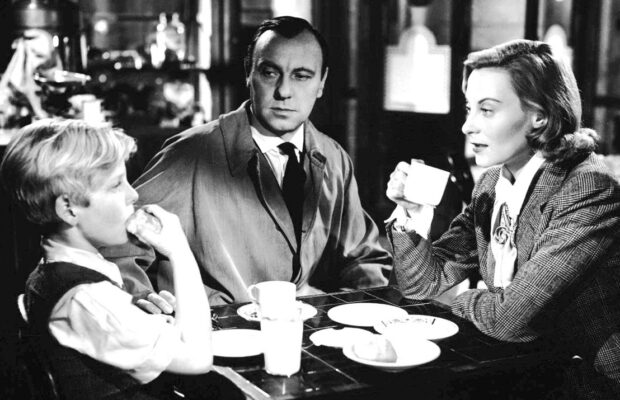
The Fallen Idol (1948) at the Paradise Theatre
Toronto Film Society | May 8, 2024Toronto Film Society presents The Fallen Idol (1948) at the Paradise Theatre on Sunday, June 16, 2024 at 2:30 p.m. Director Carol Reed’s wonderfully crafted adaptation of Graham Greene’s...
Programming
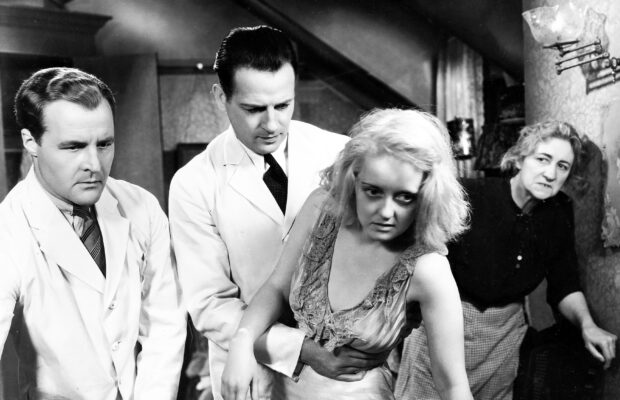
Virtual Saturday Night at the Movies
Toronto Film Society | May 3, 2024Toronto Film Society is back in the theatre! However, we’re still pleased to continue to bring you films straight to your home! Beginning Season 73 until now we have...
4-
 Toronto Film Society | May 8, 2024
Toronto Film Society | May 8, 2024
-
 Toronto Film Society | November 6, 2022
Toronto Film Society | November 6, 2022
-
 Toronto Film Society | August 1, 2023
Toronto Film Society | August 1, 2023
Donate to Toronto Film Society – We’re now a Registered Charity!
-
Copyright © 2017 Toronto Film Society.

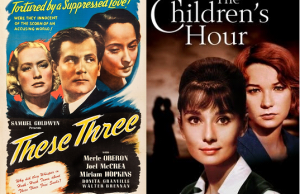
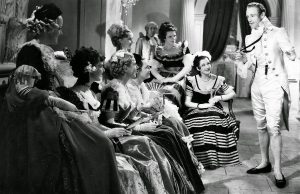
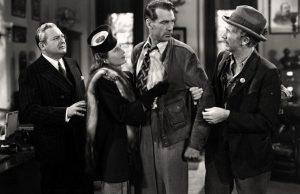
Leave a Reply